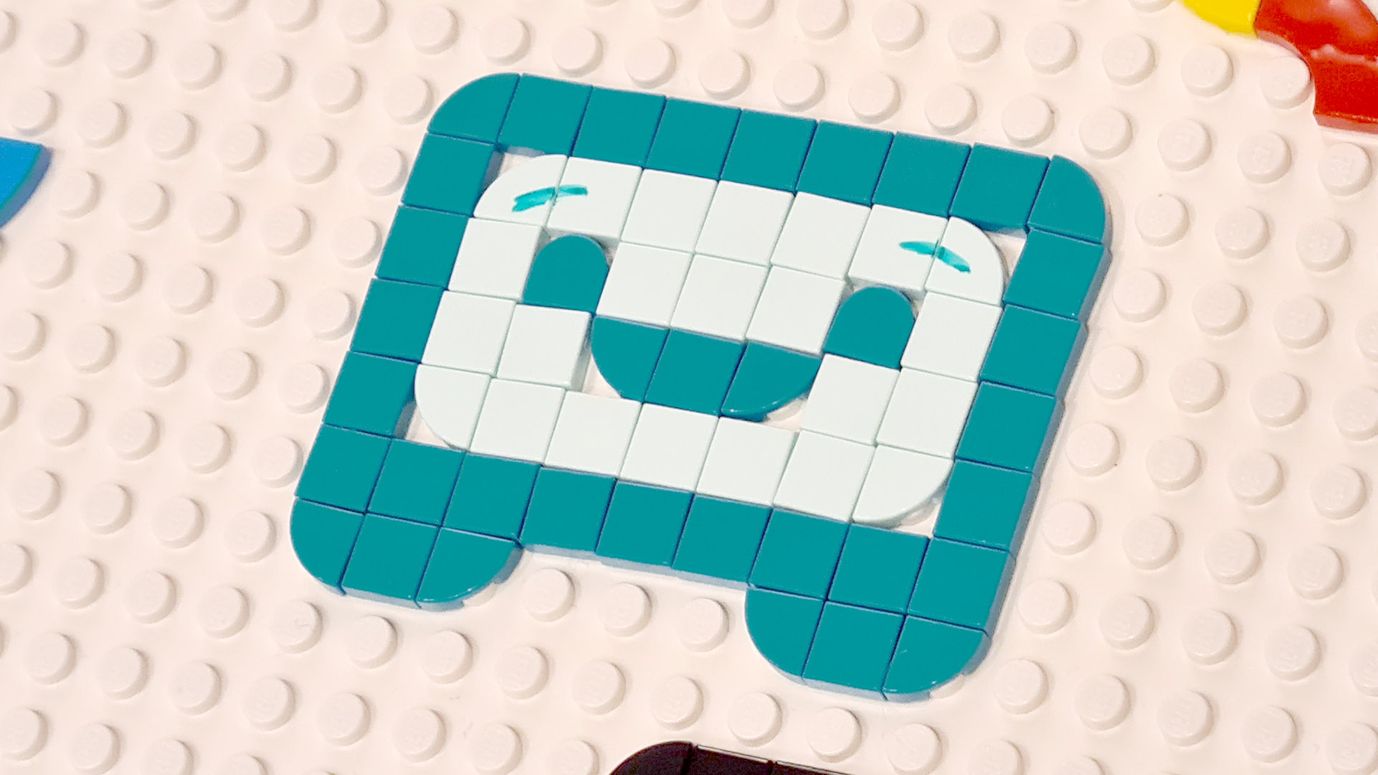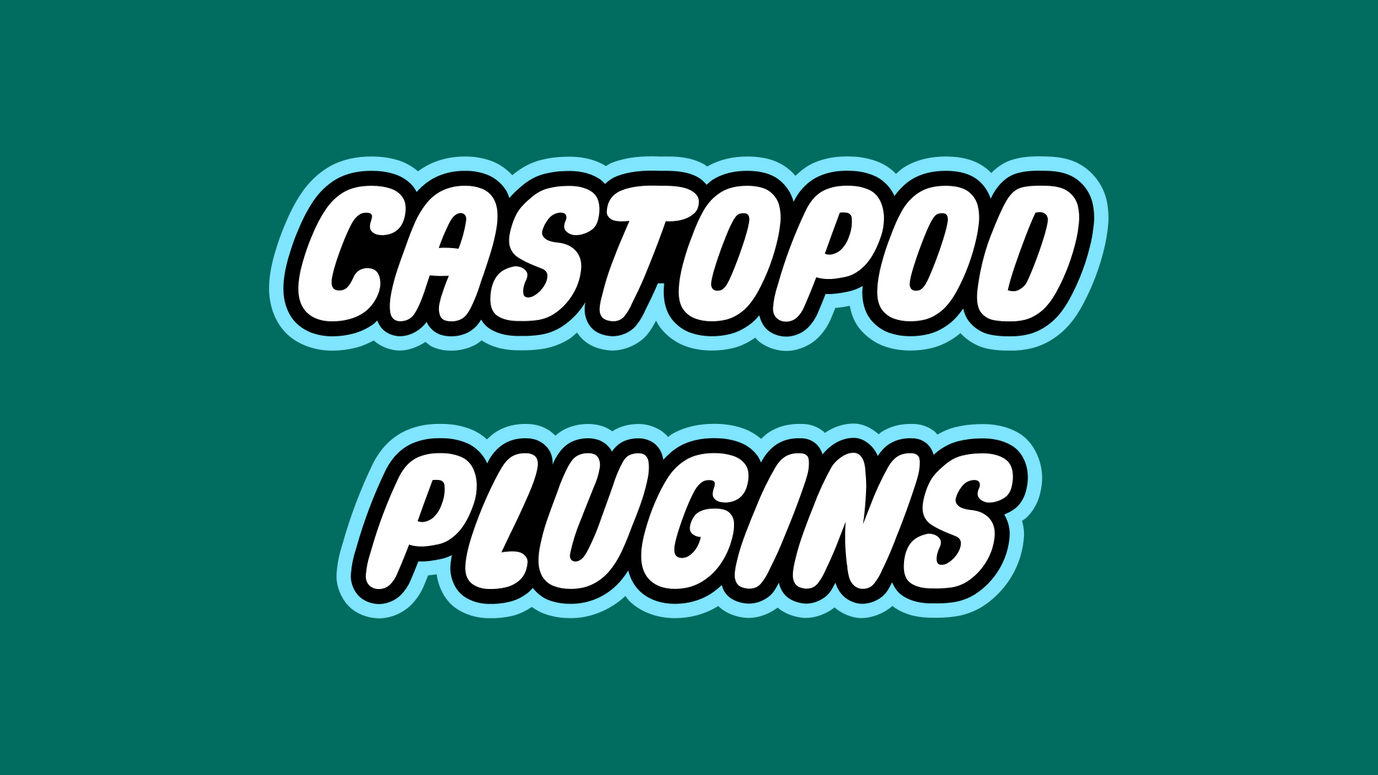
The birth of Castopod Server
It all started in 1999 when Dan Libby and Ramanathan V. Guha at Netscape created RSS.
RSS should have been the link between all content producers and web software, the “Information superhighway” would be freely available to everyone.
Unfortunately, as RSS was not able to compete with hegemonic and proprietary social networks, it started to be used less and less. Only a few people now use RSS on a daily basis to browse news and discover new topics. Content producers have given up.

However, there is one industry that still heavily relies on RSS feeds, for now: Podcasts. Almost all podcast softwares (client side and server side) are using RSS.
In the meantime, Podcasting is entering a new era.
During the past two decades, growth in audience was mainly driven by original audio content producers.
Major digital players and audio content industry are now investing on Podcasts. Around 1,000,000 podcasts and more than 30 million episodes are available in 2020 (Podcast Insights).
Yet, compared to the standards in Social Media and Search Engines, Podcasts – technology, user experience – have not evolved much for the past 20 years.
It is time for all players – Podcasters, Radio Networks, Journalists, Writers and all Voice lovers – to take control of their medium.
Big corporations such as Apple, Spotify, Google and more, are building their own ecosystems: they create their own indexes, their own content, their own players and their own hosting solutions.
Exactly as we saw bloggers adopting “closed” media and content hosting platforms such as Medium, Facebook, LinkedIn, or Twitter, Podcasters are now slowly moving from open platforms to proprietary ones.
In order to give podcasters an alternative, we need a solution that answers their basic requirement and is able to compete with the big solutions.
After all, it is just mp3 files and RSS!
Photo by Dominika Roseclay.







